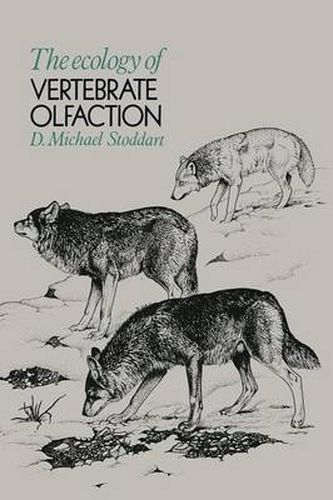Readings Newsletter
Become a Readings Member to make your shopping experience even easier.
Sign in or sign up for free!
You’re not far away from qualifying for FREE standard shipping within Australia
You’ve qualified for FREE standard shipping within Australia
The cart is loading…






This title is printed to order. This book may have been self-published. If so, we cannot guarantee the quality of the content. In the main most books will have gone through the editing process however some may not. We therefore suggest that you be aware of this before ordering this book. If in doubt check either the author or publisher’s details as we are unable to accept any returns unless they are faulty. Please contact us if you have any questions.
Scientists not infrequently succumb to the frustration they feel when they have to garner often quite fundamental information about an undeveloped field from scattered publications covering many disciplines by writing their own review of the field in question. This is an invaluable exercise, particularly for those in the business of stimulating students to grapple with unfamiliar ideas and concepts, since it makes the introduction to that literature much less painful. To some extent I, too, have succumbed to this frustration by writing this book, but I have also, much more importantly, tried to develop out of this literature an olfactory perspective of the whole organism in its environment - in its feeding relations, reproductive biology, ecological isolation, social organization, ability to give warning and defend itself, and ability to navigate when displaced from home. One event more than any other acted as a catalyst to encourage me to start this task. One evening in the arid Australian bush, as I was returning to camp, the stirring of the air bathed me in a host of smells I had been unaware of in the stifling heat of the day. I found their effect on me quite extraordinary, for they refreshed and revitalized me more than I would ever have imagined possible. I had a rare glimpse of what it must be like to be macrosmatic-to rely on one’s nose for one’s sensory input.
$9.00 standard shipping within Australia
FREE standard shipping within Australia for orders over $100.00
Express & International shipping calculated at checkout
This title is printed to order. This book may have been self-published. If so, we cannot guarantee the quality of the content. In the main most books will have gone through the editing process however some may not. We therefore suggest that you be aware of this before ordering this book. If in doubt check either the author or publisher’s details as we are unable to accept any returns unless they are faulty. Please contact us if you have any questions.
Scientists not infrequently succumb to the frustration they feel when they have to garner often quite fundamental information about an undeveloped field from scattered publications covering many disciplines by writing their own review of the field in question. This is an invaluable exercise, particularly for those in the business of stimulating students to grapple with unfamiliar ideas and concepts, since it makes the introduction to that literature much less painful. To some extent I, too, have succumbed to this frustration by writing this book, but I have also, much more importantly, tried to develop out of this literature an olfactory perspective of the whole organism in its environment - in its feeding relations, reproductive biology, ecological isolation, social organization, ability to give warning and defend itself, and ability to navigate when displaced from home. One event more than any other acted as a catalyst to encourage me to start this task. One evening in the arid Australian bush, as I was returning to camp, the stirring of the air bathed me in a host of smells I had been unaware of in the stifling heat of the day. I found their effect on me quite extraordinary, for they refreshed and revitalized me more than I would ever have imagined possible. I had a rare glimpse of what it must be like to be macrosmatic-to rely on one’s nose for one’s sensory input.